AI Bubble? Why You Should Use AI Writing Tools (Like ChatGPT) Sparingly If You Want To Create Great Content
Are you caught up in the AI bubble? The promises of AI-powered writing tools like ChatGPT make it easy to be seduced. They offer convenience and productivity with their ability to generate content at lightning speed.
But beware, using these tools too much can be a double-edged sword. While they provide engaging and conversational responses, they lack a proper understanding of human language and conversation.
This can lead to repetitive content, lacking originality, and needing editing and improvement.
The risk is losing that genuine human connection in your writing. So, if you want your content to stand out, using AI writing tools sparingly and with caution is crucial. Recognize their limitations and combine them with the power of your creativity for better results.
Let’s dive deeper into why you should tread carefully in this AI bubble.
Key Takeaways
- ChatGPT is an AI-powered chatbot that delivers human-like, engaging, and conversational responses but lacks a proper understanding of human language and conversation.
- AI writing tools can improve productivity and save (and make) money, but they can’t write in the same capacity as human writers, and there is a risk of plagiarism.
- Combining AI and human writers can enhance content creation by leveraging the efficiency and accuracy of AI while benefiting from human creativity and emotion.
- It is essential to critically evaluate AI-generated output, acknowledge their limitations, and use them as instruments to work with textual material rather than relying on them as replacements for human creativity.
What Is ChatGPT?
Don’t understand the concept of ChatGPT and how it works? No problem. It’s still pretty new. Here’s a quick explanation of what ChatGPT is and how it works.
ChatGPT is an AI-powered chatbot developed by OpenAI. It utilizes natural language processing technology to provide human-like responses.
One of its key benefits is that it offers engaging and conversational interactions, making it suitable for various applications such as chatbots and content generation.
ChatGPT delivers text closely resembling human writing. It can even create a marketing strategy or answer follow-up questions, giving users a more interactive experience. However, there are limitations to be aware of.
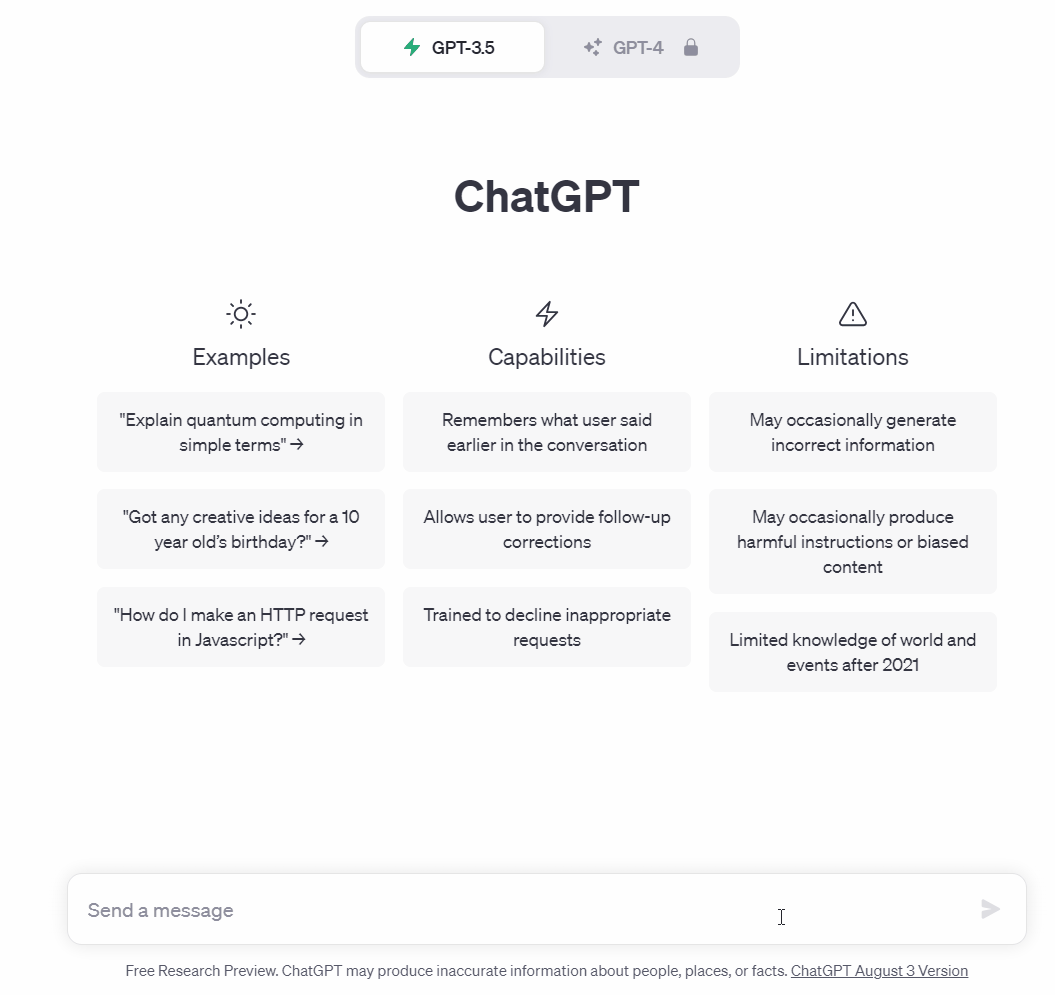
ChatGPT lacks a true understanding of human language and conversation, often generating shallow and lacking responses. It may also produce inaccurate information or make things up due to its sensitivity to small changes in input.
Regarding applications, ChatGPT can be used for tasks like creating product descriptions or generating landing pages.
But while AI writing tools like ChatGPT can improve productivity and save money, they cannot fully replace human writers who possess more creativity and emotion in their work.
While there are benefits to using AI writing tools like ChatGPT sparingly in certain situations, it’s important to acknowledge their limitations and consider the context in which they are being used.
What Is ChatGPT Good For When Writing Content?
Don’t get me wrong. ChatGPT is cool. And it can do some very cool things. So when using ChatGPT for writing content, it’s important to understand its strengths and limitations.
ChatGPT and other AI writing tools are helpful; just use them for what it’s best at. You want to use a chainsaw to cut down a tree but not to create a beautiful staircase.
Spelling and Grammar
One example of how ChatGPT can be useful is when you need help fixing spelling and grammar errors in your writing.
Stats show that having spelling and grammar errors in your content decreases engagement. ChatGPT can be a virtual proofreader, catching mistakes you might have missed.
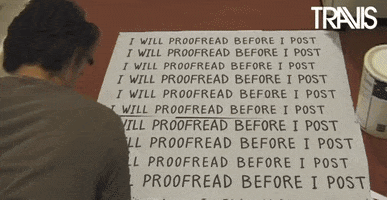
Titles
ChatGPT is also good for generating engaging titles that captivate your audience. Its ability to provide unique and conversational text can make your content more exciting and appealing.
Have ChatGPT spit out twenty titles related to your keywords. Choose the best one or combine them to get the most engagement.
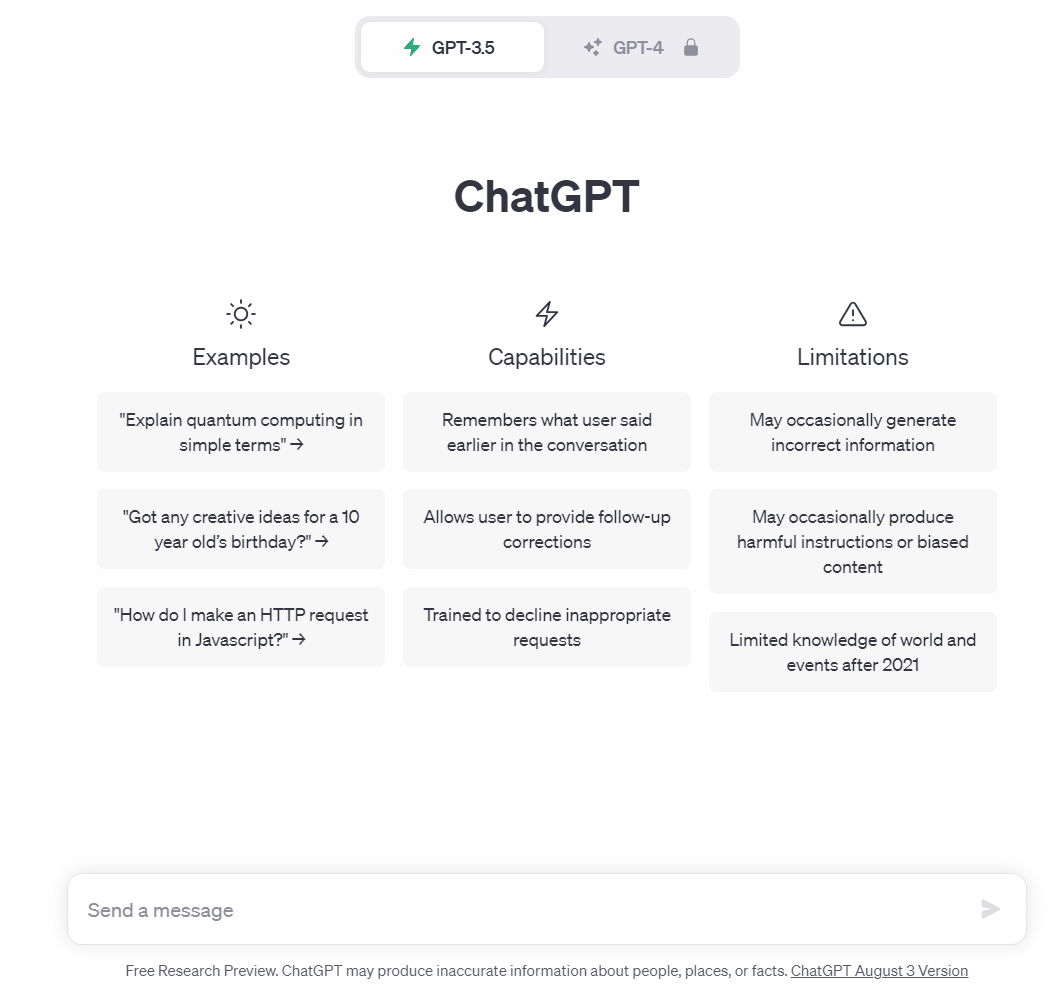
Ideation
Another way ChatGPT can assist with content creation is by helping you overcome writer’s block. ChatGPT can offer ideas and suggestions to get your creative juices flowing if you need more inspiration.
It can be a brainstorming tool, providing prompts and insights that may spark new concepts or angles for your writing.
However, it’s important to note that while ChatGPT has benefits in improving productivity and generating engaging responses, it also has limitations.
The AI-generated content may require editing and refining to ensure accuracy and originality. Plus, its knowledge caps out in 2021.
Relying too heavily on AI writing tools like ChatGPT may result in repetitive or formulaic copy.
Incorporating ChatGPT into your writing process can improve productivity, generate engaging responses, and overcome writer’s block.
However, it should be used sparingly alongside human judgment and creativity to ensure the highest quality of content.
What Does ChatGPT Lack That Makes Your Content Worse?
Incorporating ChatGPT into your content creation process can enhance productivity and engagement. However, it’s crucial to acknowledge the aspects that it lacks. If you don’t, it’ll diminish the quality of your writing.
Non-unique
One significant drawback of ChatGPT is its inability to create unique and emotionally resonant content that connects with humans on a deeper level.
ChatGPT produces generic responses, unlike human writers, who can infuse their writing with creativity and emotion.
Think about it this way: You have access to ChatGPT and can use it to create content for your website. But so does everyone else. Anyone on the planet can get the exact same thing and paste it onto their site. Boring.

Ethical Considerations
Relying heavily on ChatGPT for generating content raises ethical concerns. As an AI-powered tool, ChatGPT doesn’t possess moral judgment or empathy.
It may generate inaccurate information or provide shallow and lacking responses, potentially misleading readers or spreading misinformation.
As mentioned, it won’t give you current information. Its knowledge is capped at only before 2021. After that, it will start hallucinating responses.
Sometimes it will tell you it doesn’t have the proper knowledge. Sometimes it will make stuff up. Make sure you verify any “facts” that ChatGPT gives you.
Repetitive
Another limitation of ChatGPT is its formulaic output. The AI’s text often becomes repetitive and lacks originality. It fails to meet the standards set by human writers in terms of prose quality, making the generated content uninteresting to read.
If you’ve ever seen ChatGPT create a longer document (more than a page), then you know it creates patterns.
And why shouldn’t it?
It’s a machine. It thinks in patterns. Next time you create long-form content with ChatGPT, look at how the sentences and paragraphs all look the same and are about the same length.
It won’t create short sentences (unless you tell it to). And the paragraphs will all be the same length.
You can also see patterns in how it writes. Every section will say, “in conclusion,” or “furthermore,” or “additionally,” or something similar.
Lacking Human Connection
There are concerns about the potential impact on genuine human connection when using AI-generated content extensively. Using AI tools like ChatGPT is leading to losing authenticity in written communication.
Why? It can’t replicate the nuanced emotional connections established through human interaction.
The point of good writing is to connect with the audience. You want to bring up a problem and then tell them about your experience fixing it.
People can relate to your experience, and they feel a connection. “Good writing is understood. Great writing makes the reader feel understood.”
While ChatGPT can be a valuable tool for enhancing efficiency in content creation, it’s essential to recognize its limitations.
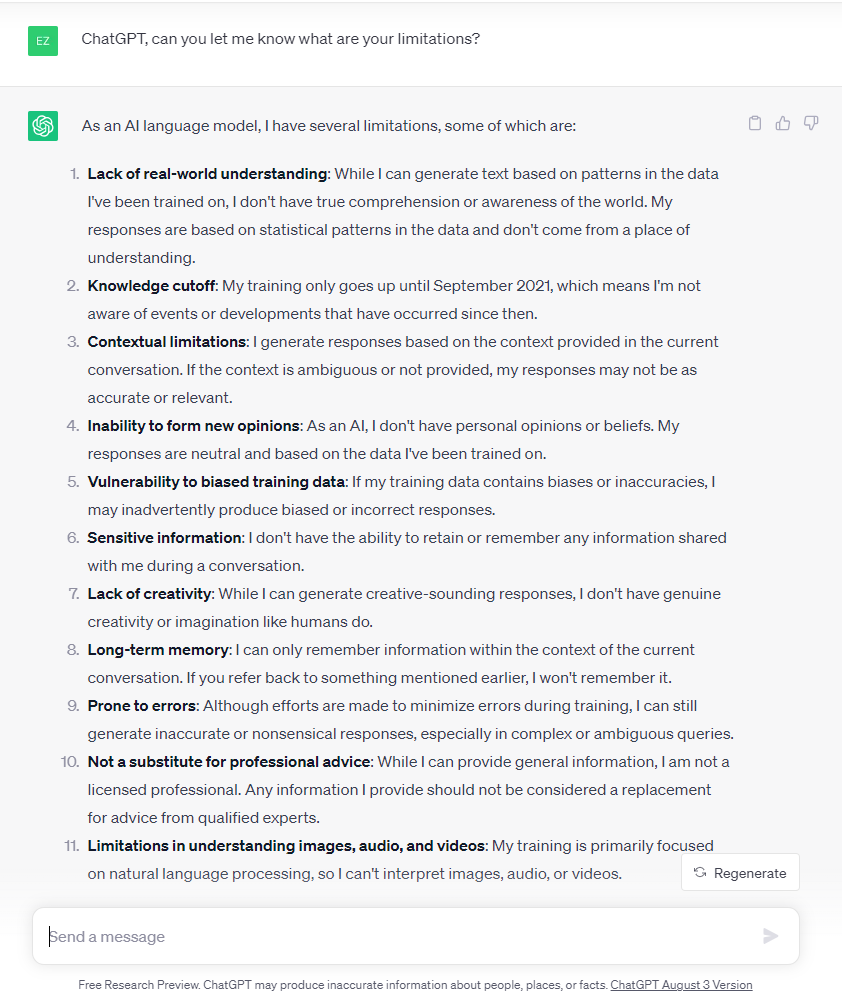
Ethical concerns surrounding accuracy and misinformation must be considered, along with the potential impact on human connection and the diminished quality of writing compared to what human writers can produce.
Therefore, use AI writing tools sparingly. Get them to write the meat of your articles or when you need generic information. Then, supplement them with creative input from human writers for more impactful and authentic content creation.
We’ll get more into that in the next section.
How Should You Use ChatGPT When Writing Content?
Embrace ChatGPT as a creative catalyst, infusing your content with a touch of AI-assisted brilliance.
When using ChatGPT in content creation, it’s essential to follow best practices to maximize its benefits while minimizing its limitations.
Incorporating ChatGPT into your writing workflow effectively requires a thoughtful approach.
Use It To Get Ideas
First, remember that ChatGPT doesn’t replace human creativity and emotion. Instead, think of it as a tool to enhance your writing process. Use ChatGPT to generate ideas, outlines, and title suggestions or to brainstorm customer or reader questions.
It can help overcome writer’s block and increase productivity, especially when stuck. Ask ChatGPT for suggestions on what to write next or how to present certain information.
You can try to ask it for examples, but check to ensure they actually happened. You can also get plug-ins now that will read the internet. Use these for better and more accurate results.
Don’t Copy and Paste
Still, be cautious about relying too heavily on AI-generated content. While ChatGPT can provide initial drafts or suggestions, always rewrite the content with a human touch to ensure it aligns with your brand voice and tone.
Avoid copying and pasting ChatGPT responses directly into your work.

Rewrite Most (If Not All) Of ChatGPTs Outputs
Instead, carefully review the accuracy and originality of AI-generated copy. Edit and improve the quality as needed to maintain high standards for your content.
By incorporating these best practices into your use of ChatGPT, you can harness its potential as an effective tool in your writing process while maintaining control over the final outcome of your content.
Is ChatGPT (and Other Writing Tools) Just a Bubble Waiting To Burst?
Watch out for the potential pitfalls of relying heavily on ChatGPT and other writing tools — they may not be the game-changers we hope for.
While AI writing tools like ChatGPT have undoubtedly made significant strides in generating content, it is crucial to acknowledge their ethical concerns, limitations, and future implications.
Here’s a quick list of why AI writing tools might not be as awesome as their hype.
- Loss of genuine human connection. ChatGPT’s responses may appear engaging and emotional, but they lack a proper understanding of human language and conversation. Relying solely on AI for content raises questions about the authenticity of everything that it produces.
- Repetitive. AI writing tools have inherent limitations that need to be considered. Despite their ability to generate text that resembles human-like responses, these tools often produce shallow and formulaic output.
- Unemotional. The generated content may lack the creativity, emotion, and originality that human writers bring to the table.
- Inaccurate. There is a risk of receiving erroneous information from AI-generated content due to its limited understanding and reliance on pre-existing data.
Looking toward the future implications of AI writing tools, it is crucial to recognize their current state as an experimental technology.
While these tools can improve productivity and efficiency in content creation, they are not a replacement for human writers or critical thinking skills.
Human creativity remains essential in producing compelling and unique content that resonates with audiences.

While ChatGPT and other AI writing tools offer convenience and efficiency in generating content, it is vital to approach them cautiously. Ethical concerns surrounding genuine human connection should not be overlooked.
Recognizing the limitations of these tools reinforces the value of human creativity in content creation. As technology advances, we must balance leveraging AI capabilities while preserving authentic human engagement in written communication.
More and faster content production is excellent. But if the quality isn’t there, no one will read it. And if no one reads what “you” are producing, then what’s the point?
Conclusion
Exercise caution when utilizing AI writing tools like ChatGPT. These tools can help generate content and overcome creative blocks, but they’re imperfect.
AI tools came in with a bang and have generated a lot of hype. Many people, especially content writers, think their jobs are in jeopardy because of AI.
To that, I say… not yet. AI will eventually get so good that you won’t be able to tell the difference between humans and machines. But it’s not today.
For now, use them as tools, not replacements, for writing. Take advantage of what they are best used for, and don’t try to pass them off as something they’re not — human.
AI writing tools may be an artificial bubble waiting to burst, similar to a delicate soap bubble floating on the breeze – beautiful yet transient.


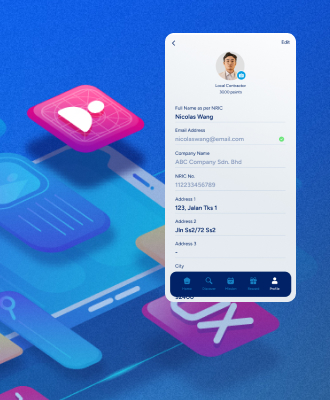



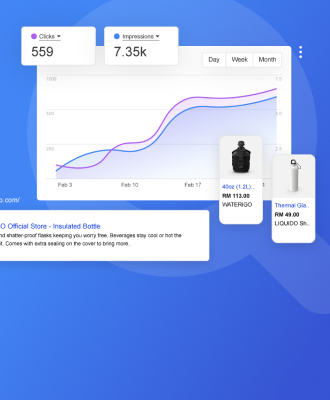
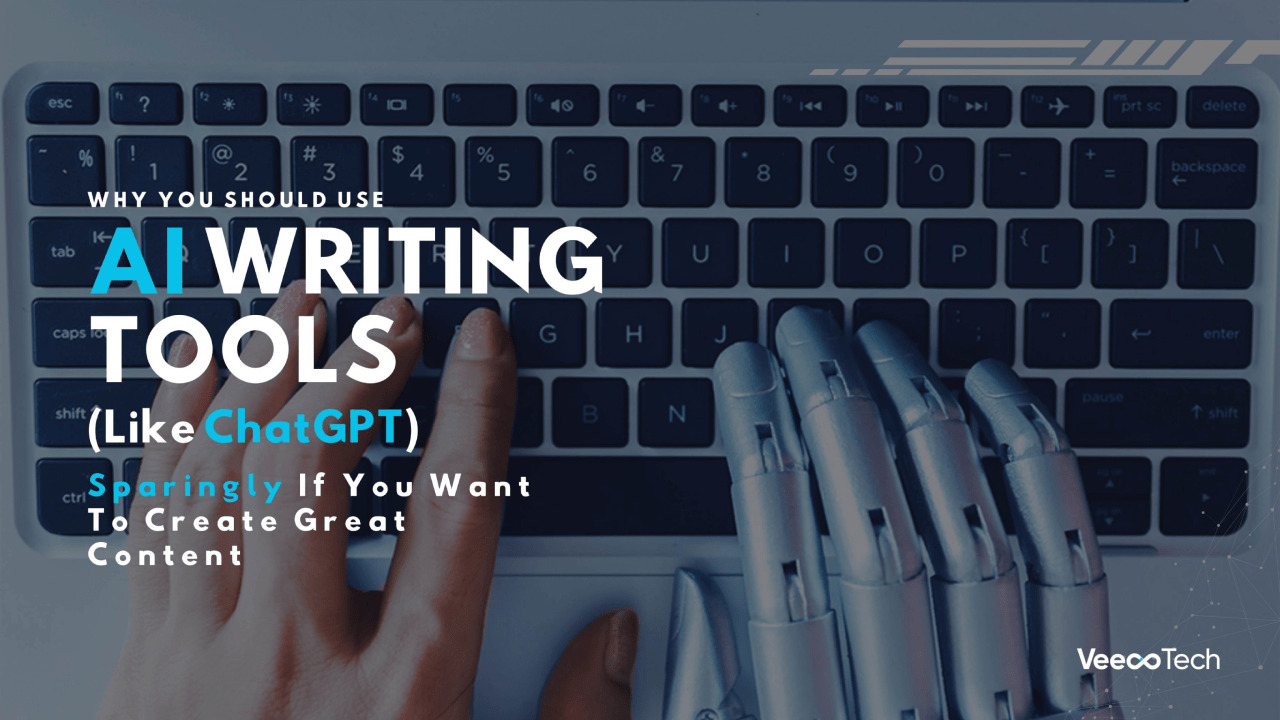






Leave A Comment